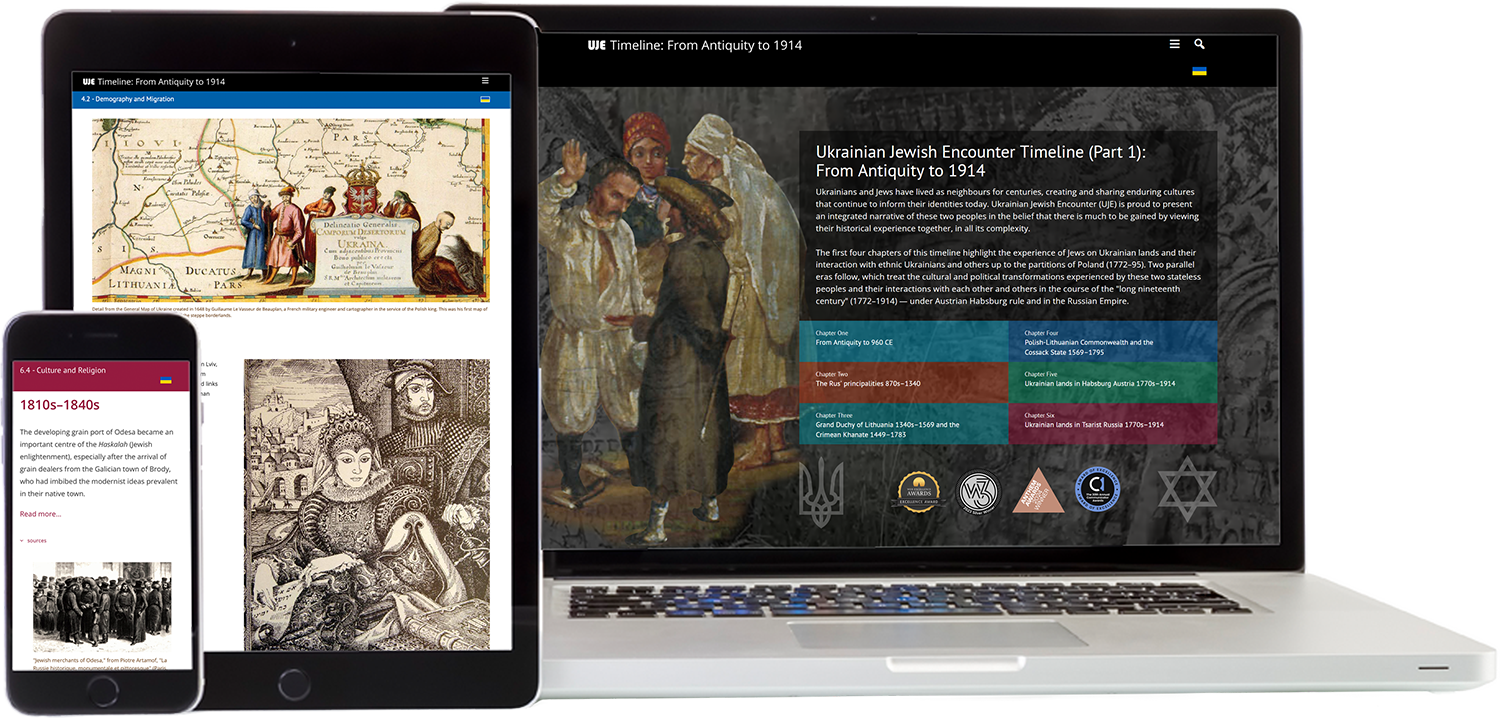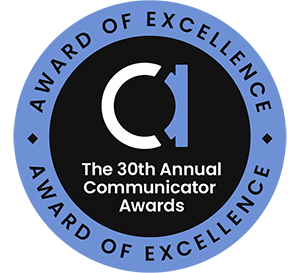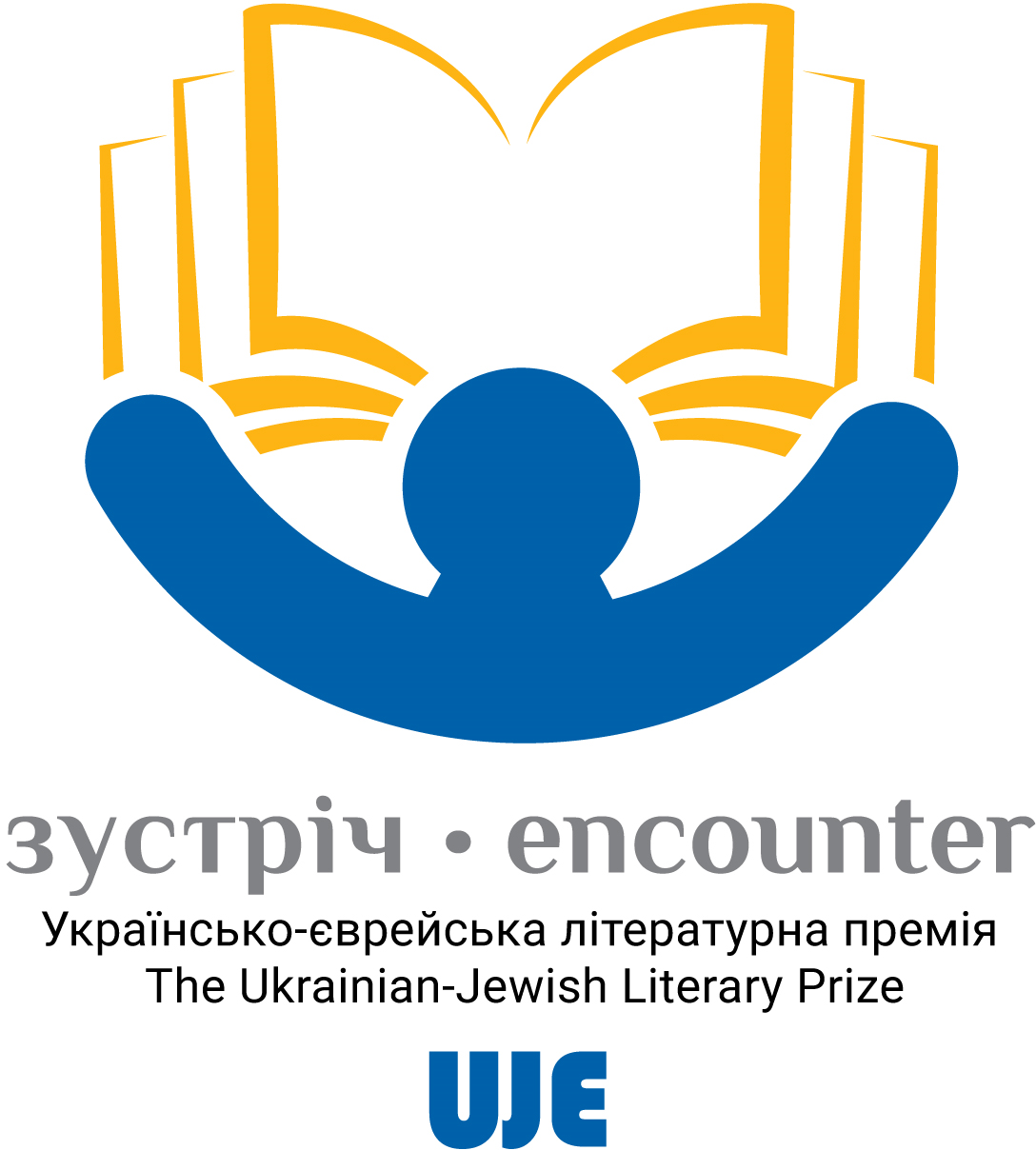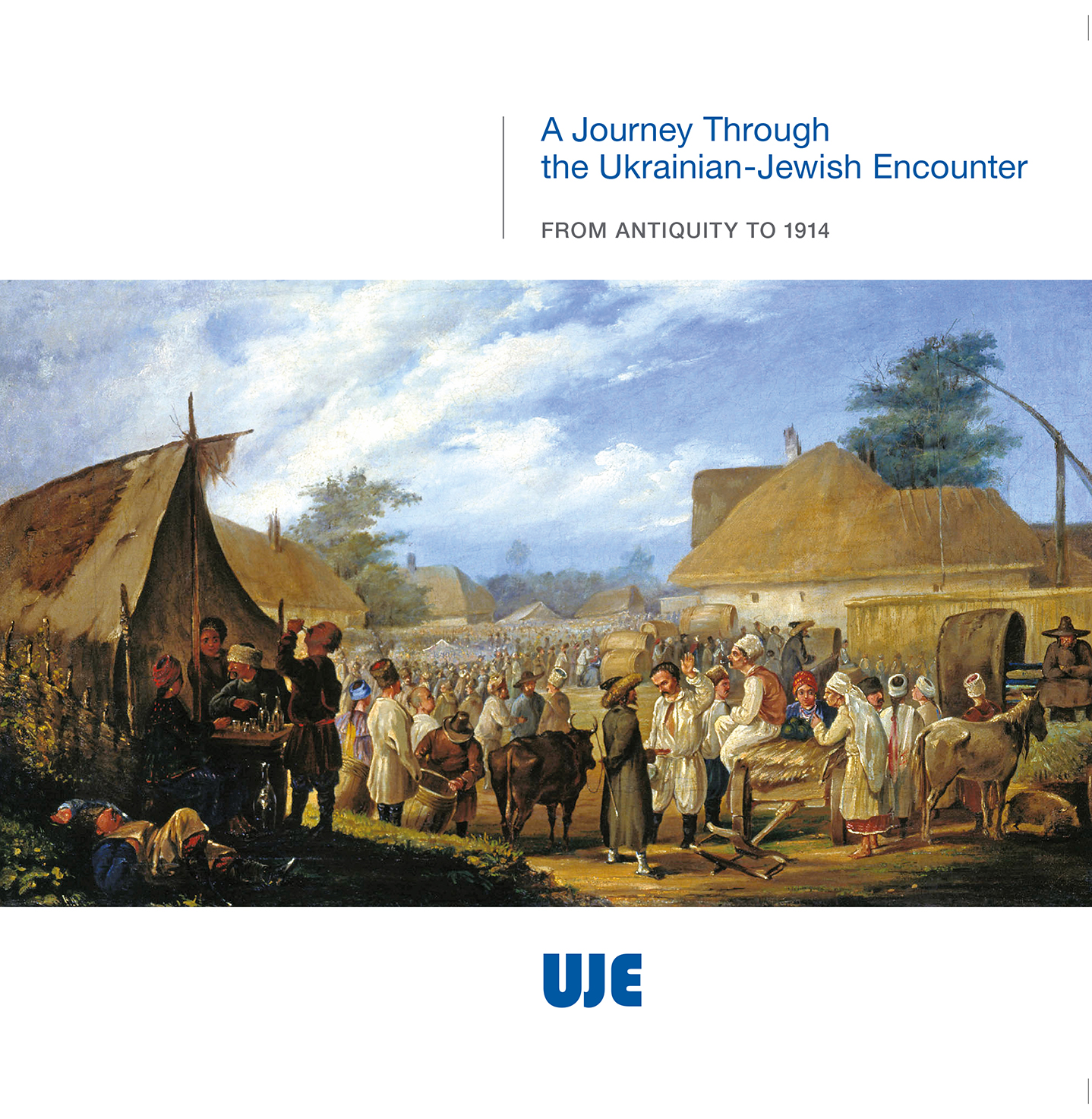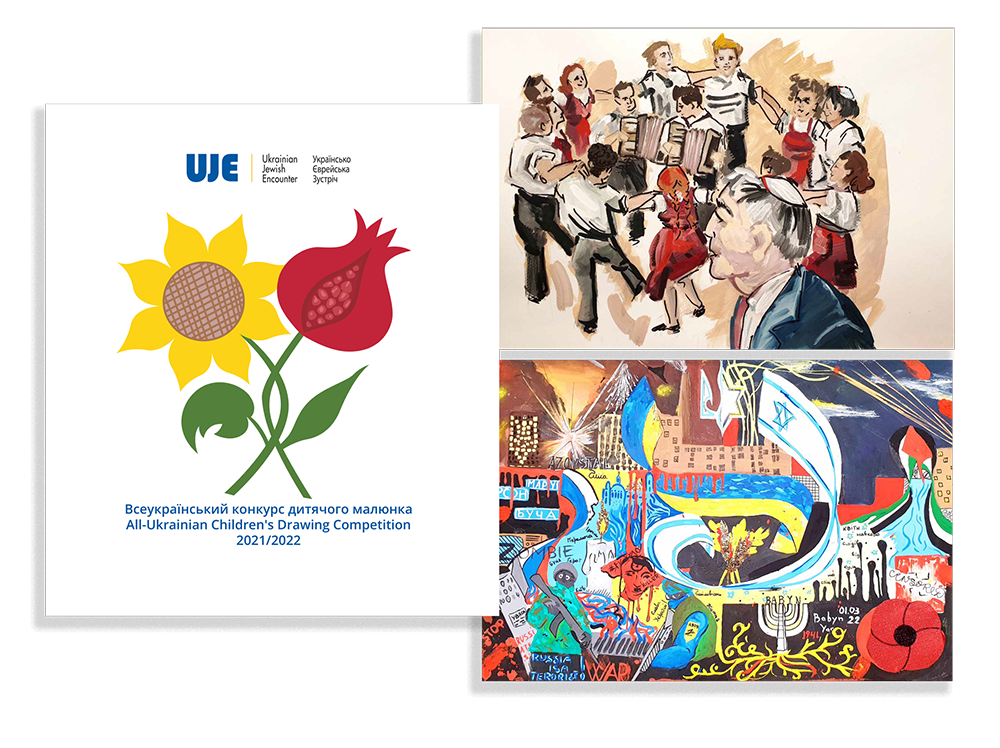Latest studies on Ukrainian-Jewish relations in Ukraine: reconceptualizing traditional models
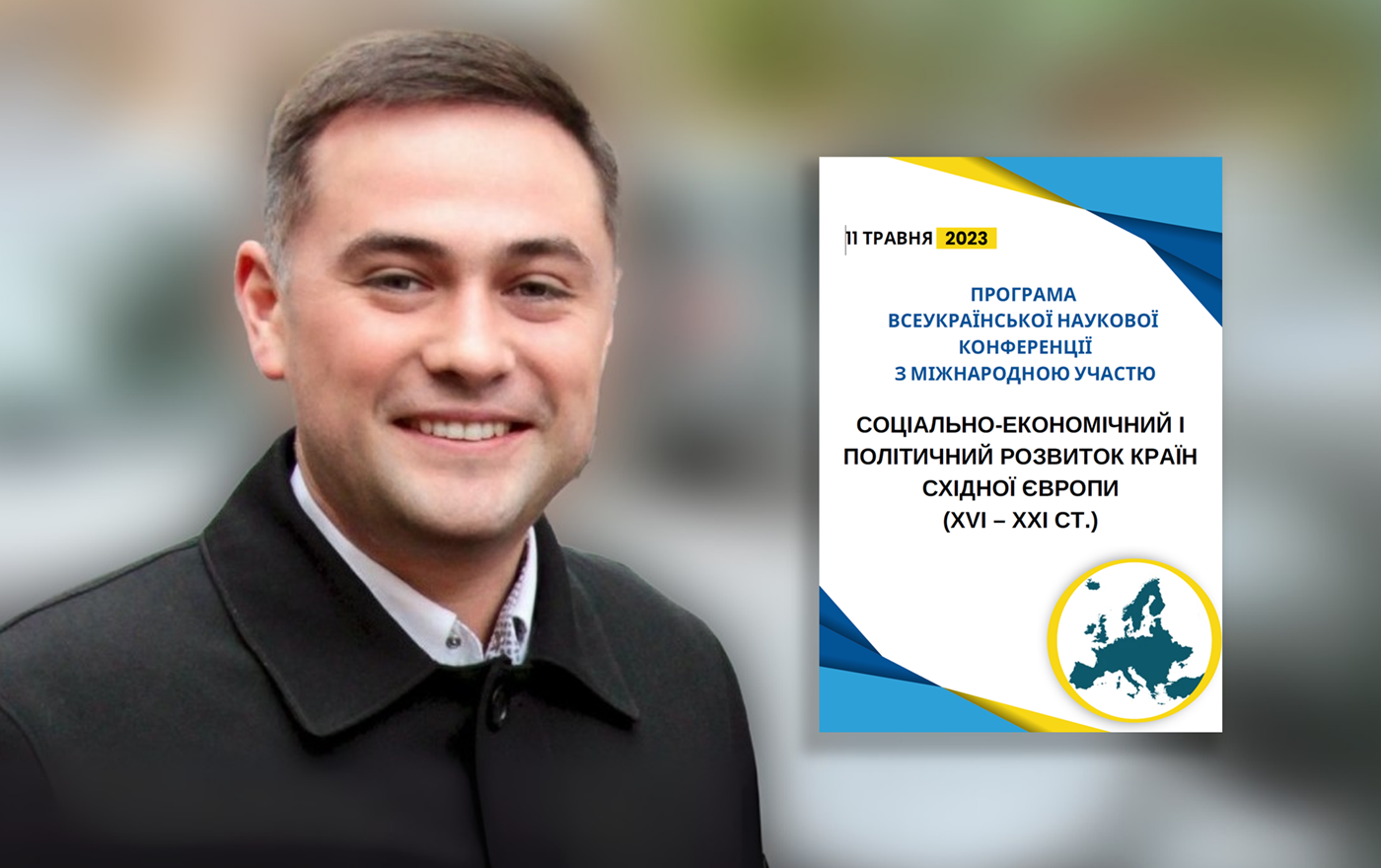
UJE's office in Ukraine has been a co-organizer of "Socioeconomic and Political Development of Eastern European countries," an annual scholarly conference held at the Pavlo Tychyna Uman State Pedagogical University. Below is the text of the presentation delivered at this year's conference by Vladyslav Hrynevych, Jr., UJE's representative in Ukraine and a PhD student at the Department of World History, Borys Hrinchenko Kyiv Metropolitan University.
An approach that has taken shape and become traditional in the scholarly historiography of Ukrainian-Jewish relations, both global and domestic, focuses on complex and dramatic pages in the history of both peoples. It considers the historical experiences of Ukrainians and Jews on Ukrainian lands as separate and virtually unrelated. In Ukrainian historiography, this situation was, to a certain extent, caused by the limitations imposed on the study of Ukraine's history by the imperial and later the national paradigm.
Meanwhile, in the mid-1980s, the renowned Canadian scholar Paul-Robert Magocsi (born 1945) proposed a new concept of presenting Ukrainian history as territorial, multiethnic, and multicultural. In this approach, Ukrainian Jews and other ethnic groups are assigned their own place in Ukraine's history. Accordingly, analyses of Ukrainian-Jewish relations are not limited exclusively to dramatic events. While the initial outlines of this concept can be seen in Magocsi's Ukraine: A Historical Atlas, it acquired the complete form in his fundamental study A History of Ukraine: The Land and Its Peoples.
In Ukraine itself, at the beginning of its independence, well-known scholars and public figures, particularly Professor Yaroslav Dashkevych (1926–2010), a historian, orientalist, and archeographer, highlighted the need for a deeper study and demythologization of the history of Ukrainian-Jewish relations. Speaking at the international scholarly conference "Problems of Ukrainian-Jewish Relations" (7–9 May 1991), he said: "The history of Ukraine's Jews, undoubtedly, has dark and bloody pages, but if we calmly lay it out on a chronological grid, it turns out that from the middle of the 16th century to 1914, i.e., for a little more than 360 years, only three or four years (the Khmelnytsky and Haidamaka uprisings) can be considered a zone of interethnic conflict. We have convincing evidence that the nature of Ukrainian-Jewish relations was determined not by three or four years of bloody massacre, but by 356 years of more or less normal relations. Otherwise, about a third of world Jewry would certainly not have been gathered in Ukraine in the early 20th century." The conference's resolution noted that "Ukrainians and Jews, who have lived together on Ukraine's land for over a millennium, are united by a common fate, the richness of cultures, the uniqueness of historical heritage, […] as well as by the pain for the millions of victims and genocide in the 20th century, neglected national consciousness, loss of language, and the destruction of culture and traditions."
In the 1990s, Martin Feller (1933–2004), a prominent Ukrainian scholar and linguist, invested a lot of effort into developing a distinct academic field he called Ukrainoiudaika (Ukrainian Jewish Studies) and made a significant contribution to the study of Ukrainian-Jewish interactions in the context of linguistics. He discussed the impact of Ukrainian-Jewish mutual cultural influences on shaping his worldview and academic interests in his philosophical work Explorations, Reflections, and Memories of a Jew Who Remembers His Grandfathers About Jewish-Ukrainian relations, Particularly Languages and Linguistic Attitudes: "What would now be called national consciousness was awakened in me by the poetry of Ivan Franko and Pavlo Tychyna. They destroyed the image of Ukrainians shaped by stories about Kyiv janitors diligently and brutally driving children, the elderly, and women out of their homes to Babyn Yar […] To this, I added what I already knew from my parents: three-quarters, if not all, of classical Yiddish literature emerged in Ukraine (Mendele Mocher Sforim, Sholem Aleichem, and Abraham Goldfaden). Such figures as Leib Kvitko, Dovid Hofshteyn, David Bergelson, Itzik Feffer […] were also from Ukraine. No wonder I dreamed of exploring the Jewish theme in Ukrainian literature and vice versa."
Later, a number of well-known Ukrainian historians, primarily Natalia Yakovenko, Yaroslav Hrytsak, Serhii Plokhy, and others, successfully applied in their educational publications the conceptual approach of presenting Ukraine's history as multiethnic and multicultural and an integral part of the European and world historical process. At the same time, this approach still appears innovative in Ukrainian academic historiography. Moreover, there was a lack of modern research specifically devoted to the history of Ukrainian-Jewish relations until recently.
This gap was filled by the book Jews and Ukrainians: A Millennium of Co-Existence co-authored by Magocsi and Petrovsky-Shtern and published with UJE support. The authors argue for the scholarly and social relevance of their topic: "Despite all the research, publications, and efforts at coming to grips with the Jewish past in Ukraine, the gulf of two solitudes seems to remain firmly in place. Some scholars working on Jewish and Ukrainian topics themselves seem to be part of the problem, since, like most human beings, they are, for the most part drawn to the tragic, destructive, and sensational aspects of the past, which, to be sure, are much more exciting than periods of normality. Let us apply some simple arithmetic to the past. Jews have lived on Ukrainian lands for about a millennium, that is, the thousand years stretching from medieval Kievan Rus' to the present. As a significant proportion of the country's population, their presence is even shorter, dating from about 1550, in other words, about 450 years. During those five or ten centuries, the periods of conflict and destruction that Jews experienced were limited to six short time-frames […]. Together, the total number of years encompassed by those time frames is at most sixteen to twenty. Yet it is these periods that have received — and continue to receive — the most attention. What about the other 430 years (if we begin in 1550) or 880 years (if we begin in 1000)? Do they not count for something? Cannot these years of (perhaps boring) normality tell us something about Jewish life in Ukraine as being something other than unmitigated tragedy?"
The authors provide answers to these questions in their book. They carry out a systematic analysis of the historical past of Ukrainians and Jews, do not ignore the complex and dramatic historical periods and mutual stereotypes, and focus on the influences that have shaped the positive perception of both peoples for centuries. The 12 chapters of the book cover the historical past and economic life, traditional culture and religion, language and writing, literature and theater, architecture and art, music, etc. of Ukrainians and Jews. The authors reveal similarities and special aspects in the history and cultural development of both peoples, as well as mutual influences and cultural enrichment. They apply an interdisciplinary approach, and the deep integration of the two disciplinary approaches is manifest throughout the study.
Thus, the concept outlined by a number of Ukrainian scholars, primarily by Magocsi and Petrovsky-Shtern in Jews and Ukrainians: A Millennium of Co-Existence, offers an important approach to a conceptual overhaul of traditional models in studying the historical past of Ukrainians and Jews. I believe this approach is necessary for constructing a holistic historical picture of the relations between the two peoples. At the same time, this does not, of course, mean that we should exclude or reduce the intensity of research on difficult periods in the history of Ukrainian-Jewish relations (anti-Jewish pogroms, the Holocaust, and manifestations of state and everyday antisemitism). Instead, the idea is to attain a complete presentation of the topic and, most importantly, achieve a reasonable balance in its coverage, which should finally put an end to the distorted picture of the historical past, where the relations between the two peoples are limited to dramatic history.
Vladyslav Hrynevych, Jr., Regional Manager, UJE Ukraine.
Translated from the Ukrainian by Vasyl Starko.







